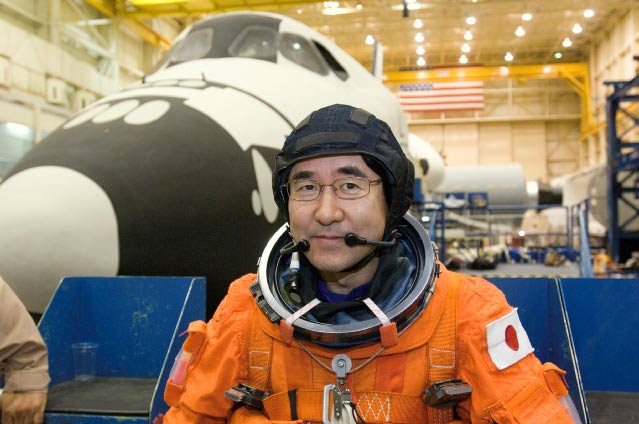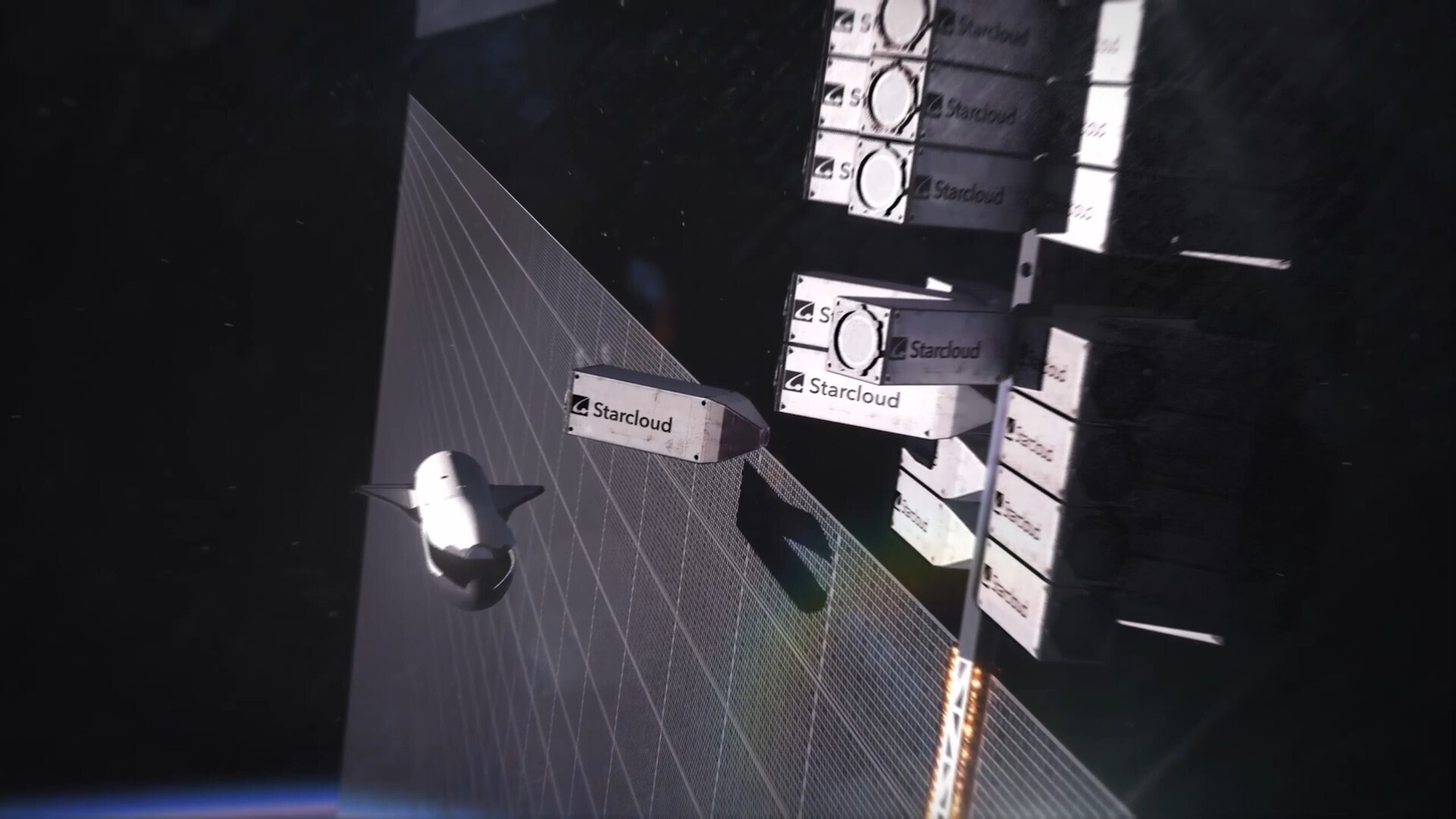Japanese Astronaut to Help Deliver Nation's First Station Module

Japanese astronaut Takao Doi is looking forward to his country’s plunge into human spaceflight next week when he helps deliver a small storage room for Japan’s massive Kibo lab at the International Space Station (ISS).
Doi and six crewmates are set to launch toward the station aboard the space shuttle Endeavour on March 11 during a predawn liftoff from NASA’s Kennedy Space Center in Cape Canaveral, Fla.
“I feel that this is truly the most exciting moment in my life,” said Doi, a veteran spaceflyer representing the Japan Aerospace Exploration Agency (JAXA). “This is a huge mission.”
During their marathon 16-day flight — the longest construction mission ever aimed at the ISS — Doi and his STS-123 crewmates will install the new Japanese module atop the station’s hub-like Harmony connecting node, deliver the two-armed Dextre maintenance robot for the Canadian Space Agency and swap out one member of the orbiting laboratory’s crew. But the personal highlight for Doi will come when he opens the hatch to Japan’s first habitable room in space.
“I understand that this is a really big event for Japan because it’s just like we’ll have a little Japanese land in space,” Doi, 53, told reporters this week.
Japan’s “Hope” in Kibo
Japan’s storage module is the first of three separate components that will make up the country’s Kibo — Japanese for “Hope” — laboratory. In addition to the first compartment, known as the Japanese Logistics Module, a tour bus-sized main laboratory and a robotic-arm equipped external science platform will follow on subsequent NASA shuttle flights.
Breaking space news, the latest updates on rocket launches, skywatching events and more!
The first module is a squat cylinder about 14 feet (4 meters) long, with a weight of about 18,490 pounds (8,387 kg). Designed to serve primarily as an orbital attic for the main Kibo experiment module, the small logistics room is built to fit eight racks of equipment inside its 14-foot (4-meter) wide interior.
“It may feel a little bit small inside,” said Doi, adding that when packed with equipment the module can be a tight squeeze. “It’s a little bit bigger than a [small] walk-in closet.”
The U.S. and Russia each have at least one astronaut working aboard the ISS at all times, and launch others on relatively regular flights into orbit aboard their respective shuttles and Soyuz spacecraft. Japanese astronauts, by comparison, have launched only once every few years, and even then only aboard foreign spacecraft, Doi said.
JAXA spaceflyer Soichi Noguchi flew aboard NASA shuttle Discovery in July 2005 during the U.S. agency’s first return to flight mission following the Columbia tragedy. Prior to Noguchi, Japanese astronauts last flew in space during two shuttle flights in 2000, though the nation will have spaceflyers aboard NASA missions later this year to deliver Kibo’s main pressurized laboratory and serve a long-duration stint aboard the ISS.
“It’s just like opening a big door,” Doi said of JAXA’s Kibo space station lab, which will have its own Mission Control Center in Tsukuba, Japan. “We are entering a new era of the space program.”
A return to space
Endeavour’s launch will mark the second spaceflight for Doi, who hails from Minamitama in Tokyo, Japan and is married to wife Hitomi. He first flew aboard NASA’s Columbia orbiter during the STS-87 mission in 1997.
“I feel very lucky that I’m assigned to this flight and I’ll be able to carry the first piece of the Japanese space station module and attach it with the shuttle’s robotic arm,” said Doi.
An amateur astronomer, Doi earned a Ph.D. in aerospace engineering from the University of Tokyo and later joined Japan’s astronaut corps in 1985. On STS-87 — also a long, 16-day mission — he became the first Japanese astronaut ever to perform a spacewalk.
“I was watching stars when I was a kid and I still like watching stars right now,” Doi said in a NASA interview, adding that watching Apollo astronaut Neil Armstrong walk on the moon when he was 11 put him on the path to space. “I was hooked.”
With another long shuttle flight ahead, Doi has advised Endeavour’s first-time flyers to take their time adapting to weightlessness. He is also eager to explore the space station and christen its new Japanese-built room with a meal featuring his country’s own version of space food.
“So we’ll have fun tasting Japanese food when we open the hatch to the Japanese module,” he said.
- NEW VIDEO: Danger on the Pad: Shuttle Astronauts Practice Escape Drill
- VIDEO: ESA's New Science Laboratory
- VIDEO: Part 1: Europe's First ISS Cargo Ship, Part 2

Tariq is the award-winning Editor-in-Chief of Space.com and joined the team in 2001. He covers human spaceflight, as well as skywatching and entertainment. He became Space.com's Editor-in-Chief in 2019. Before joining Space.com, Tariq was a staff reporter for The Los Angeles Times covering education and city beats in La Habra, Fullerton and Huntington Beach. He's a recipient of the 2022 Harry Kolcum Award for excellence in space reporting and the 2025 Space Pioneer Award from the National Space Society. He is an Eagle Scout and Space Camp alum with journalism degrees from the USC and NYU. You can find Tariq at Space.com and as the co-host to the This Week In Space podcast on the TWiT network. To see his latest project, you can follow Tariq on Twitter @tariqjmalik.
